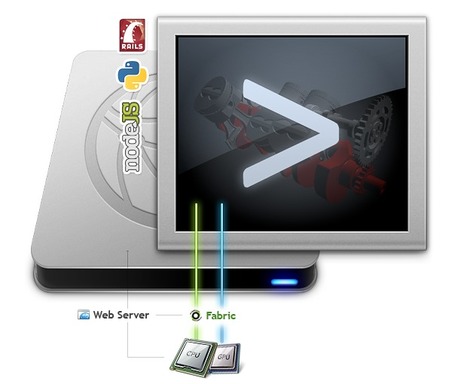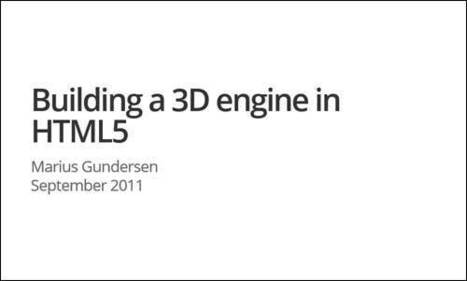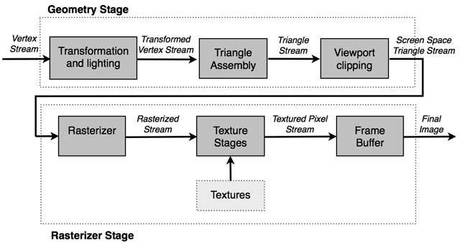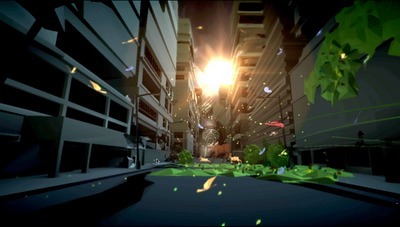Web developers are constrained by the performance capabilities of scripted languages. Simply put, compiled code is faster than interpreted code. Factor in multi-core CPU architectures and advances in GPU computing, and compiled code can easily be over 100X faster on a single machine. Fabric Engine allows developers to bring this compiled, multi-threaded performance to their web applications.
Fabric Engine brings compiled, multi-threaded performance to scripted languages like JavaScript, Ruby and Python. This means developers can take on bigger, computationally intensive problems and still use web languages to solve them. Fabric can run on the server or in the browser, allowing developers to deliver amazing performance wherever it’s required.



 Your new post is loading...
Your new post is loading...










